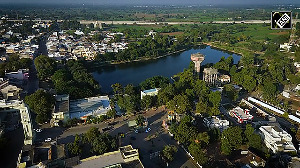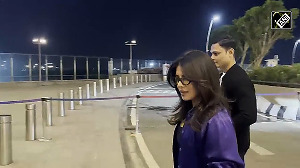Indian Railways plans to raise Rs 39,000 crores in revenue via branding of trains, vinyl-wrapping of Rajdhanis, Shatabdis and Garib Raths, and moving billboards.
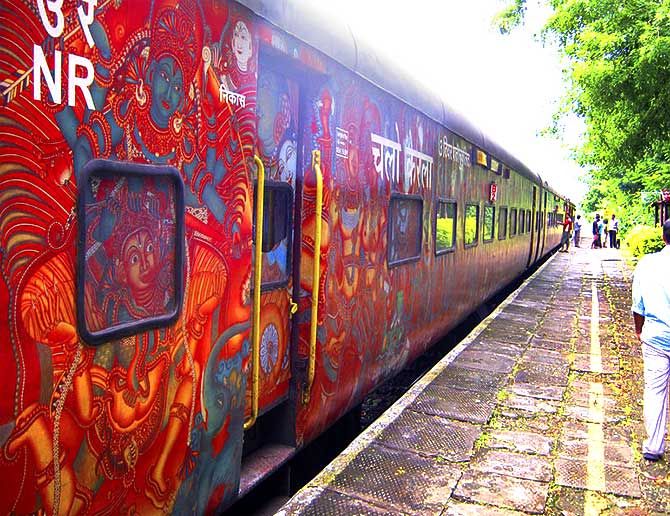
Ever since it started operations more than 160 years ago, the Indian Railways have depended on freight and passenger traffic to earn revenues. As much as 95 per cent of the revenues come from these two sources at present.
But Suresh Prabhu, the workman-like Union minister for railways, wants to change this.
“Many of the world railway systems generate 10 to 20 per cent of their revenues from non-tariff sources. Over a period of the next five years, we will strive to reach this world average,” Prabhu said while presenting the Railway Budget for 2016-17 in Parliament. (It proved to be the last such exercise. For 2017-18, the railway budget became a part of the Union budget).
A separate directorate for non-fare revenue was set up by May 2016. Within a span of eight months, the team recommended allowing trains, level-crossings and areas along the tracks to be used for advertising.
The results were encouraging. The railways have posted a 72 per cent increase in non-fare revenue. It went up from Rs 5,928 crore in 2015-2016 to Rs 10,181 crores in 2016-17.
A full blueprint for exploring every such possibility is ready. The idea of earning revenue extends up to giving railway platforms on rent for wedding receptions.
Billboards all around
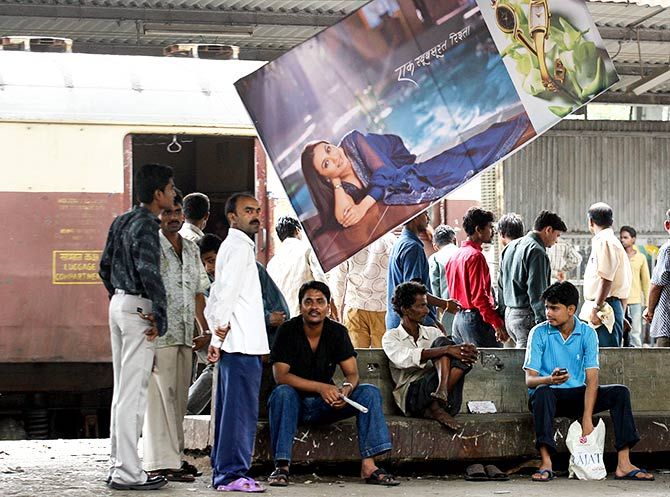
From ultra-modern railway stations, online and offline content on demand, out-of-home advertising, train advertisements, rail display network, app-based cab services, integrated mobile app-based services and installation of ATMs, anything and everything is a potential source of revenue for the railways now.
The Indian Railways are in a financial mess -- with earnings barely enough to cover the operating expenses, there is little left for redevelopment and upgrade. The infrastructure is ready to burst at its seams, train speeds are low and passenger amenities are poor. Non-fare revenues could ease this pressure.
“The entire gamut of non-fare operations is expected to bring in overall revenue of at least Rs 16,000 to Rs 20,000 crores for the railways in the next 10 years,” says a consultant from EY, a firm which provides advisory, tax, transactions and assurance services, who has advised the railways on several non-fare options. According to the railway’s internal estimates, revenue may even touch Rs 39,000 crores in 10 years.
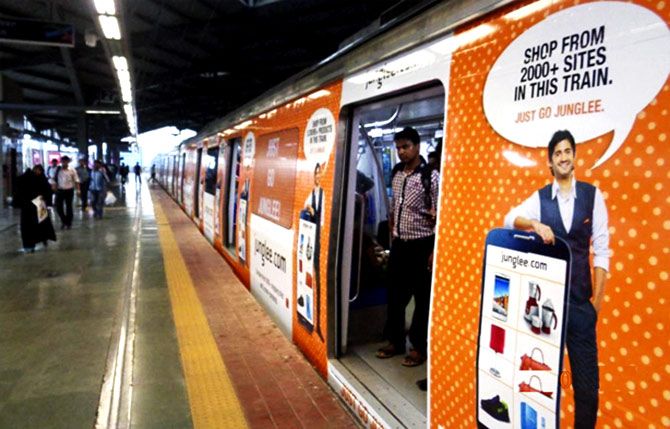
While this money won’t turn around the railways’ fortunes, it will somewhat ease the pressure on their finances.
The biggest piece of the game plan is “rail display network”. A “request for proposal” for a high-tech centralised network of 200,000 screens across 2,000 stations is set to be floated this month. Known as the rail display network, it will be the world’s largest networks of connected digital screens.
The network, which will primarily be meant for displaying information related to passenger amenities, comfort, convenience and safety, will also be utilised for commercial adverting. The revenues will be shared between RailTel (the telecom subsidiary of the railways, which was set up to create nationwide broadband, telecom and multimedia network, to modernise train control operation) and the railways.
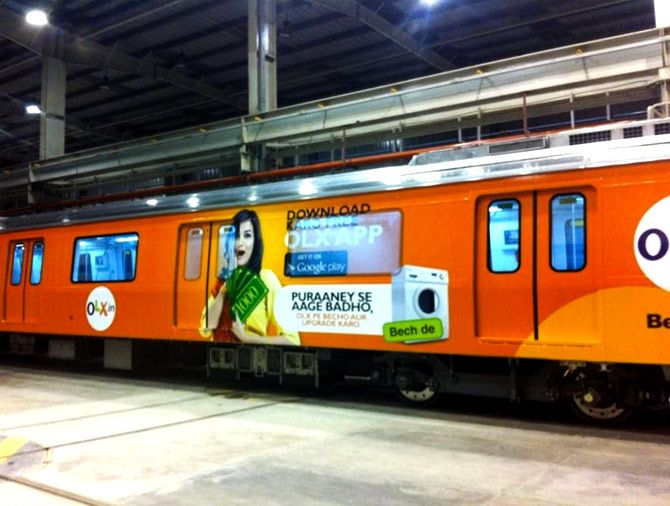
Next are out-of-home advertising and content on demand. The out-of-home initiative could see almost all the assets of the railways, including area along tracks, roads over bridges, level-crossing gates etc and excluding stations interior, being opened up to advertisers for a contract period of 10 years. All forms of advertising, including digital, will be allowed on such assets.
“The tender process will be completed in the first quarter of 2017-2018,” says a senior railway official who does not want to be named. Till date, five zonal railways have issued tenders for this initiative.
Get ready for a new travel experience once the railways move ahead with its content-on-demand plans, which aims to provide radio, video, digital music and digital gaming opportunities for passengers. According to a recent report by The Boston Consulting Group, through content-on-demand in trains and on stations, the railways could unlock a potential market of around Rs 2,277 crore in three years.
According to the report, the interested parties may include content owners like Eros Entertainment, Balaji Productions and Shemaroo Entertainment and content aggregators like Radio Mirchi, Fever FM, Hungama and Bindass. Major telecom players, internet service providers and players in the offline streaming market too are expected to be keen on the initiative: Vodafone, Idea, Airtel, Pressplay TV, Moving Talkies, Dwingloo, Fropcorn, Touring Talkies, Myfreetv.in, Zonk and Cloudplay.
RailTel, which is the nodal agency for this, is set to issue a request for quotation by May. The facilities are expected to be rolled out in a phased manner, starting from March 2018.
Mobile app-based cab service is another initiative which is likely to see aggressive bidding from cab aggregators like Uber, Ola, Baxi, Shuttl, Meru and BlaBlaCar. Ola and Uber have already had several rounds of talk with railway officials in this regard.
According to the plan, those users who book tickets through the IRCTC app will be able to schedule a ride with a cab aggregator on a future date and time, through an integrated mobile application. The scheme is likely to be rolled out in major stations across India within this financial year itself.
Moving ads
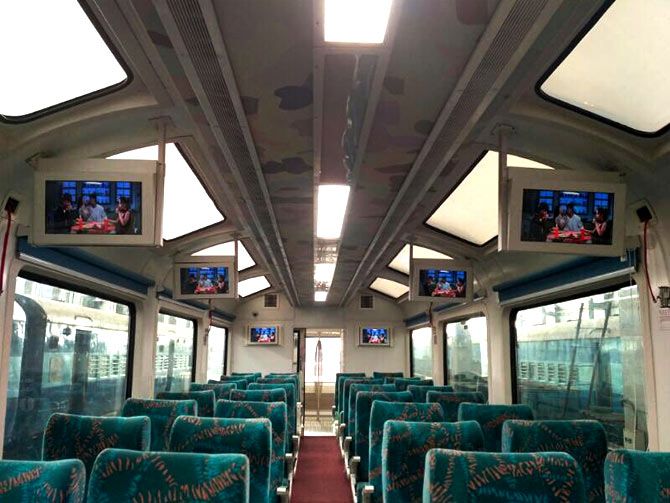
And in what may change the face of Indian trains, the railways are set to invite bids in April for vinyl-wrapped advertisements on trains. This is likely to cover around 35,000 coaches in 10,000 trains.
For advertisers, the trains will be divided into five packages: Rajdhani, Shatabdi, Jan Shatabdi and Double Decker; superfast, mail and express; urban; and Garib Rath. This is expected to attract wide interest from advertisers. Bidding for vinyl-wrap advertising of 23 trains in central and western zones last year saw interest from heavyweights like Paytm, Media on Track, JCDecaux India, and TDI International.
At the same time, Prabhu and his team are targeting incremental revenue from contracts to set up ATMs across various stations.
“The railways are in the process of launching an integrated application by June or July this year, which will bring all these initiatives under one umbrella,” says another railway official. The mobile application will entail all travel-related services such as planning for a journey, ticketing, train related queries, hiring taxis, porters, e-catering, content on demand, complaints related to the journey, booking retiring rooms, and lounges at stations.
While the potential for revenue has no bounds, the key challenge before the railways is to keep the process of awarding the contracts as transparent as possible. As one industry expert aptly says: “It is not just about rolling out a brilliant policy -- its implementation in a proper manner should also be ensured.”










